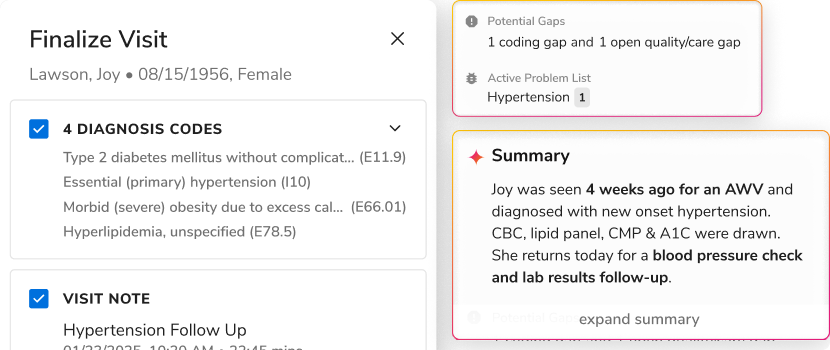What COVID-19 Means to American Healthcare: Trends, Impacts, Predictions, and the Road Ahead
Healthcare workers on the front lines are overwhelmed, while all stakeholders are struggling to serve the massive patient influx. As the virus brutally tore through the population, the COVID-19 pandemic was declared a national emergency in the United States. With this, it became essential for large healthcare organizations to implement new protocols and operate within a critical time frame of information exchange. Virtual care emerged as a crucial IT solution to free providers from non-emergent care scenarios in the hospital and assist them in minimizing their exposure to the virus.


Healthcare workers on the front lines are overwhelmed, while all stakeholders are struggling to serve the massive patient influx. As the virus brutally tore through the population, the COVID-19 pandemic was declared a national emergency in the United States. With this, it became essential for large healthcare organizations to implement new protocols and operate within a critical time frame of information exchange. Virtual care emerged as a crucial IT solution to free providers from non-emergent care scenarios in the hospital and assist them in minimizing their exposure to the virus.
This research-based report reviews potential shortcomings that COVID-19 uncovered in the American healthcare system. It also explores the usage of virtual care and telemedicine IT solutions that emerged during this unprecedented outbreak and presents figures that identify the impact of COVID-19 on healthcare and the lives of Americans.
Some of the findings from the report include::
57% of hospitals are using technology to screen and triage patients
89% of hospitals are using telehealth to virtually meet patients
43% of hospitals are using technology to automate outreach efforts
Majority of hospitals are using standalone telemedicine solutions as compared to telemedicine that is part of the EHR

.png)





.png)




.svg)
.svg)